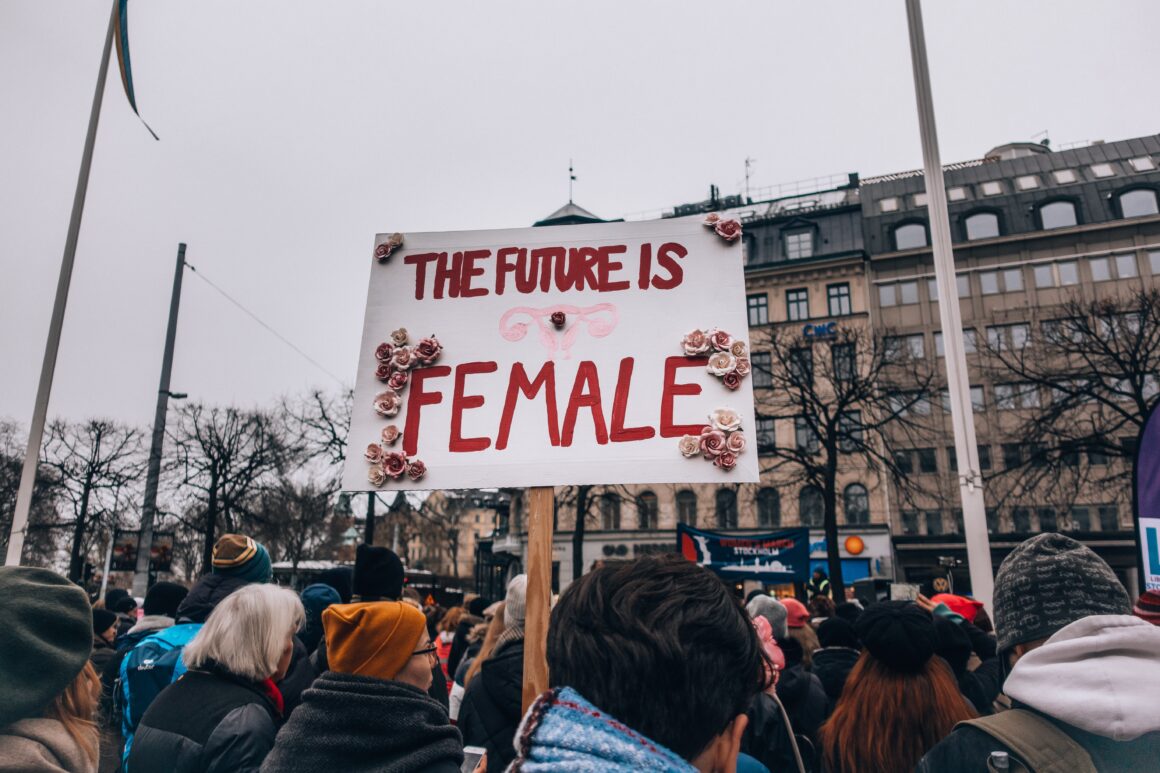
Hypermasculinity, defined as an exaggeration of stereotypical male behavior, is expected to be the norm for men. From young boys who can barely walk to old men set in their ways, all men are expected by society to be as masculine as possible.
Aggressively, obviously masculine. A real, manly man loves sports, violence, sex,trucks, bacon, and avoiding anything remotely feminine. The patriarchal society that we live in acts as a silent killer to the same demographic it benefits: men.
Toxic masculinity isn’t called “toxic” for nothing. The hypermasculine standard that all boys are expected to aspire to weakens them. Hypermasculinity is poisonous to not only men, but society as a whole. When discussing sexism, the struggles of women are glaringly obvious. However, gender roles don’t just apply to women; they are just as dangerous to men. Women are ridiculed for both fitting and not fitting the feminine stereotype because of the rigid and contradictory expectations that are enforced onthem. Similarly so, our strict definition of what it means to be a “man” confines men in a dangerous box that many fail to notice.
What makes hypermasculinity particularly dangerous is the association between masculinity and violence. Many men (particularly cisstraight men) feel the need to constantly reaffirm their masculinity. For example, a quick peek at #MasculinitySoFragile on Twitter proves this point. The color pink does not burn your skin, but several men would beg to differ. Cisstraight men adhere to hypermasculinity to the point of denying themselves “feminine” things, like texting with emojis, getting their eyebrows done, or using umbrellas. (Yes, someone thought that using an umbrella was too feminine for them.) Since aggression is considered to be inherently masculine,violent behavior tends to be the default setting for proving one’s manliness.
Hypermasculine men are easily threatened by femininity. According to a study by the University of South Florida, the typical response to a man’s threatened masculinity is aggression. This experiment found that traditionally feminine tasks arose “profound anxiety” in male subjects. In this experiment, male participants were split into two groups; one group braids hair while the control group braids rope. Afterwards, each group was given an option: solve a puzzle or punch a punching bag. The men who braided hair were “far more likely to punch the bag” in order to heal their bruised masculinity. In another experiment, both groups punched a bag after braiding hair or rope. Those who braided hair punched the bag significantly harder than those who did not. The most troubling results came from the third experiment: all of the men braided hair, but not everyone was allowed to punch a bag. Without the relief of a “manly” outlet, the men who could not act aggressively began “to show acute signs of anxiety and
distress.”
It’s important to note that being masculine is not an inherently bad thing.
“Masculine” and “feminine” are just adjectives. Being feminine does not make you any less of a man or any more of a woman. Simply put, being a man literally makes you a man. You don’t need a penis to be a man. You don’t need to be sexual to be a man.
Aggression and stoicism does not make the man, the man does.
For more information on men’s health issues, check out Affinity’s
“Hypermasculinity & Mental Health: When Men Can’t Be Channing Tatum.”



Comments are closed.